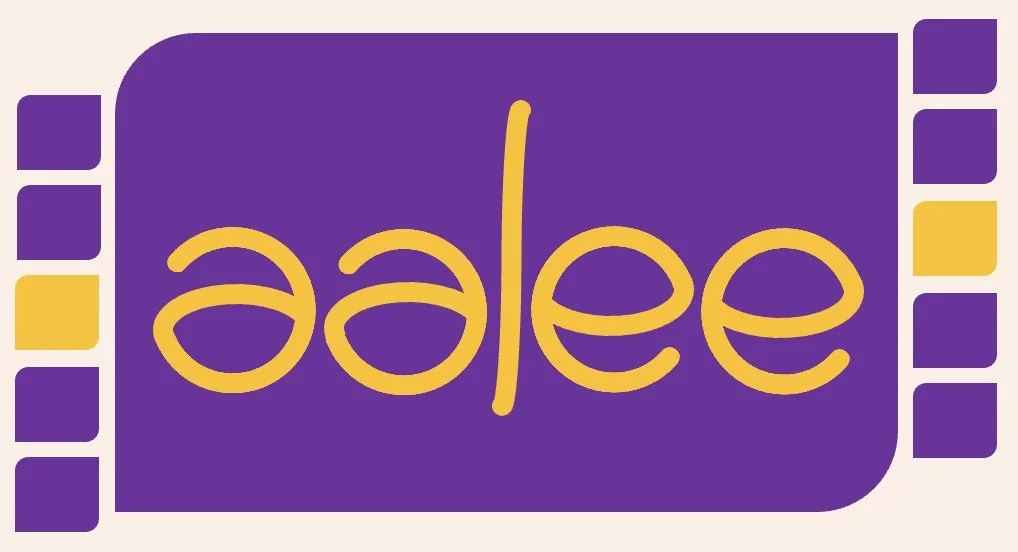Why aalee?
It’s a reasonable question, or, rather, two different questions based on who’s asking and why. I’ll try to cover both.
First, the name “aalee” is an Anglicization of the Arabic word عالي, or “3ali/’alee”, meaning “high” or “lofty”. I picked it because my first interaction with teaching standardized tests wasn’t in an English-speaking country. In college, I had the privilege to visit Jordan and deliver some pilot English-language courses to Bedouin and refugee children, ages 4-18.
The experience was wonderful, but also sobering. Jordanian children in small towns study for the English-language component of the Tawjihi, the national standardized test, with few print and often no digital materials, limited funding, and overworked faculty who have few opportunities to practice the English they teach with other Anglophones.
To a person who’d excelled at most state or national qualifying exams, this broke any illusion that I aced tests because of “talent” alone; I got where I was because of good school systems, well-resourced teachers, and curriculums that could keep up with my interests. A student who gets high scores should pass the favor on to others somehow, especially if he came up with some new tricks for boosting scores along the way.
This leads to the second and more important question. “Why make a company like aalee when about two million test prep businesses already exist?”
It’s true, there are a lot of people out there selling some variant of either personal tutoring lessons or a cool app for taking quizzes better. Both approaches will help you do better on any standardized test. On their own, though, the effect size of each strategy alone is limited. A tutor can guide you through lessons and select drills for you, but can’t easily run a multidimensional clustering variant of the Leitner spaced repetition system (a fancy version of how most people review with flash cards, except by sorting the wrong answers into different categories) without assistance from a computer program. Meanwhile, the average quizbot can do the flash cards trick effortlessly, but still hasn’t mastered how to go over specific concepts you find difficult in a way personal to your learning style.
Data science and personal instruction need to work together - not with one grafted piecemeal onto the other, but built simultaneously upward from where the two meet. A student should receive a test preparation course that is personalized from the first class onward, getting both in-depth analytic insights about their performance and a clear explanation of what those numbers mean and how to progress. Furthermore, the incredible labor-saving efficiency and precision of automated tools should be used to lower traditional cost and access barriers to educational opportunity, not to slowly squeeze humans out of tutoring jobs while leaving students with no other option than a one-size-fits-all series of impersonal tutorial videos.
This kind of “fusion-first” learning strategy is still new to the test preparation space. aalee only registered to do business at the end of 2023, although I’ve been building a good amount of the methodology and infrastructure for a few years before that. But while the online experience will certainly get smoother over time as new features are rolled out and various bubbles in the wallpaper are flattened, the core service is fundamentally about achieving excellent scores through data-driven, human-centric learning face to face, and it is built to scale that way.
—Ryan
